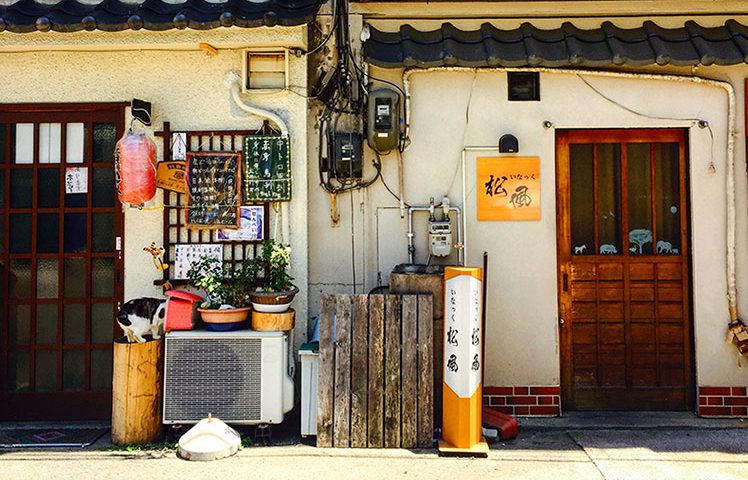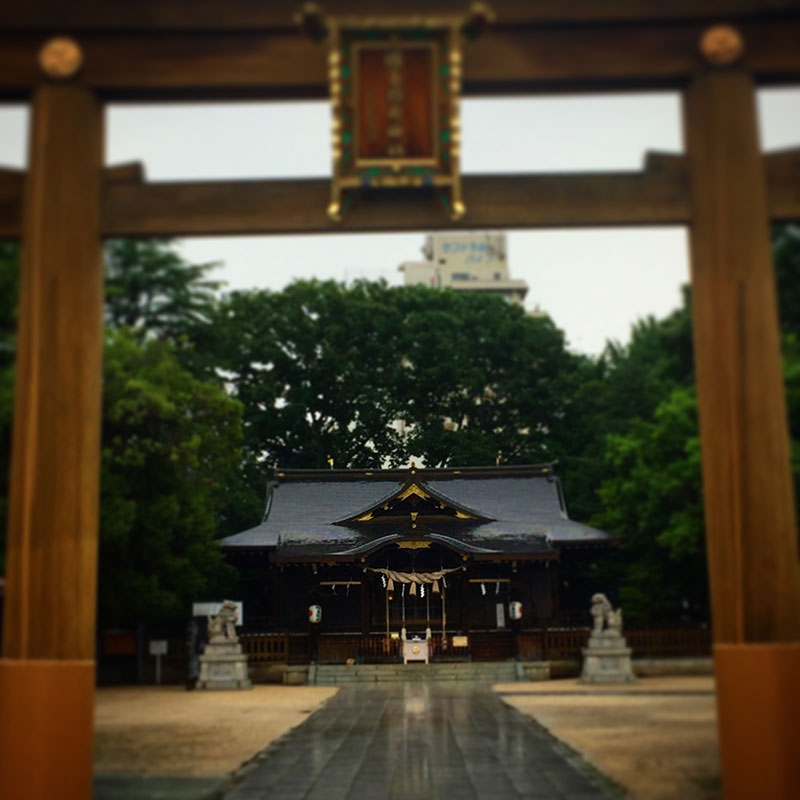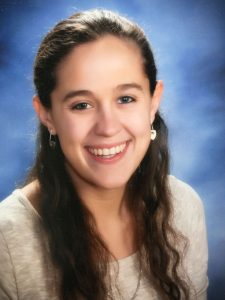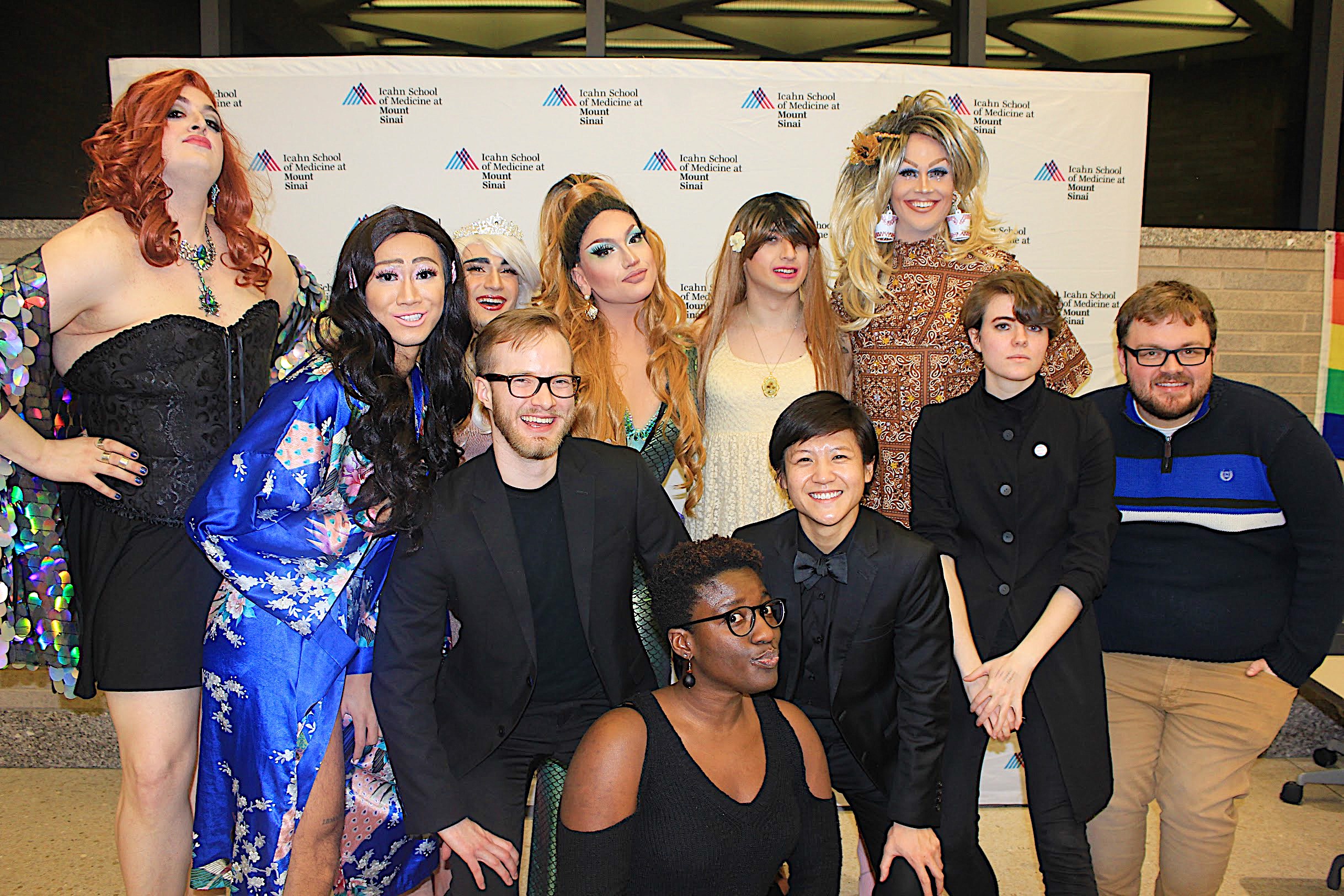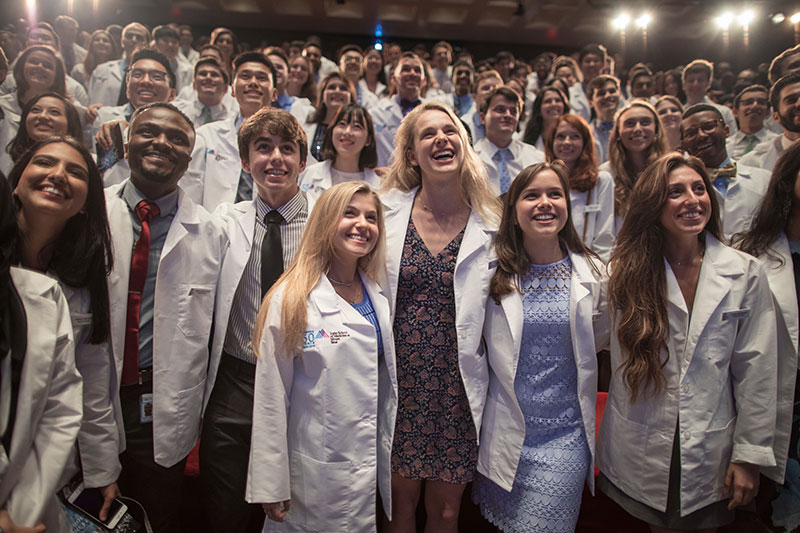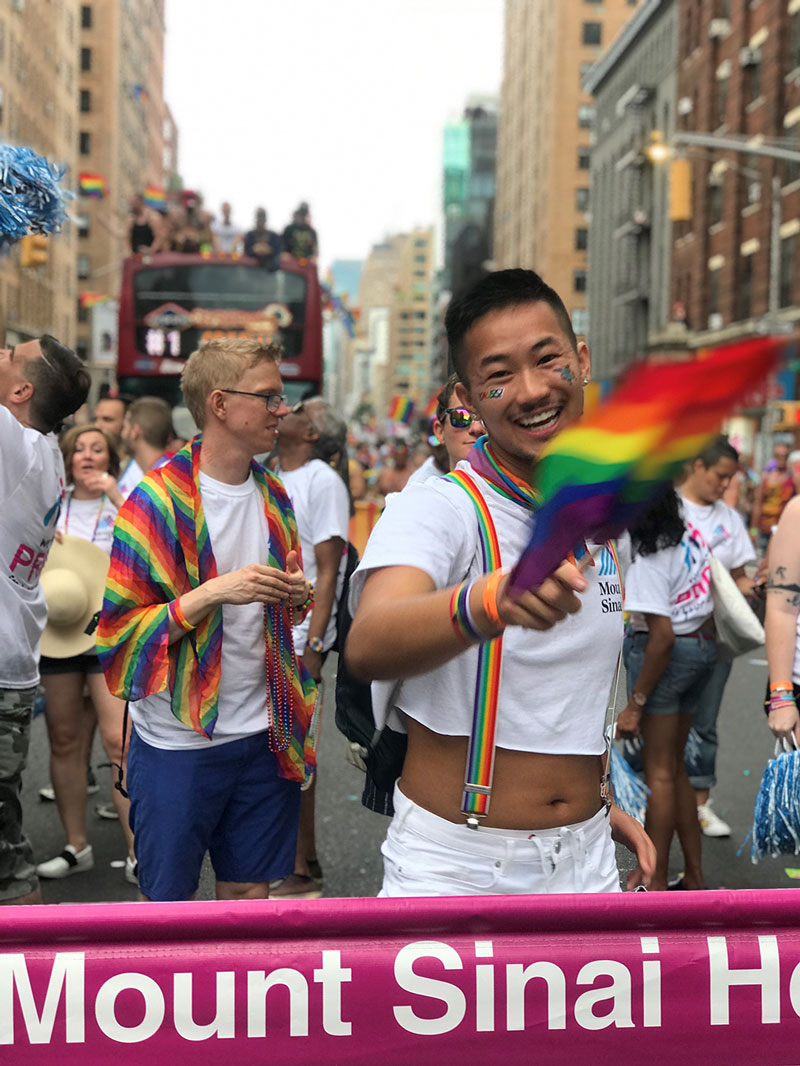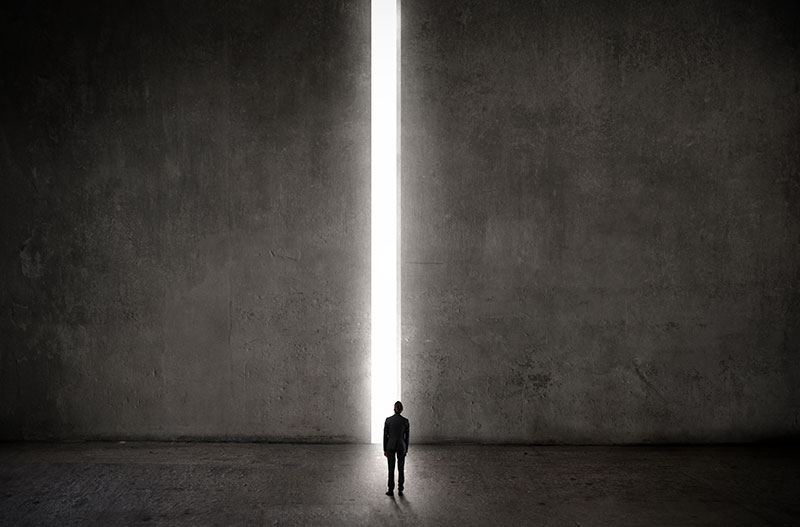Over this past summer, after my first year of medical school, I decided to live in Fukushima for two months in order to understand how mental health is affected by large-scale disasters. My first days, and subsequent impressions, in Fukushima left me quite confused about its spirit and reputation. Its history is devastating.A little over six years ago, Fukushima Prefecture experienced one of the greatest disasters in the history of Japan—the 3/11 triple disaster: a tsunami, earthquake, and nuclear power plant explosion. This disaster left Fukushima in shambles, and many families moved away, with little hope of ever returning. Still today, many people associate Fukushima with broken houses, deserted restaurants, and fearful levels of radiation. Having spent two full months in Fukushima City, I am walking away with an entirely different impression. Its streets are filled with bright colors and cheerful greetings. Its people seem refreshed and forward-looking. And its past, while devastating, has lent itself to a future filled with hope and courage.
As part of our work in Fukushima, we participated in a week-long cultural exchange between a group of 9/11 docents from the memorial center at Ground Zero and 3/11 survivors in Fukushima. We traveled together along the coast of northern Japan to Ishinomaki, Soma, Koriyama, and Fukushima to see the areas most affected by the triple disaster. This service trip began six years ago, and has continued to exist every year since. The continuity and commitment of those involved is inspiring. Among the 9/11 docents, was a fiercely strong and compassionate survivor, an empathetic and wise sanitary technician, a humble but heroic police officer married to a thoughtful and perceptive first aid responder, and a woman from the Englewood rotary who worked tirelessly with victims and family members of the 9/11 tragedy.
To be included and instantly welcomed into this group was a privilege. The days were long and emotionally draining, but I learned so much about the strength of human connection and the power of shared experience; one that lends strangers as family, —transcending linguistic and cultural barriers.
On one of the first days of our trip, we visited a school where nearly 95 percent of the students in attendance on the day of the tsunami, were killed. We were led around the grounds by two fathers who had lost their children on 3/11. Their experiences were raw; their words, honest. They explained that while the tsunami might have been the physical cause of their children’s death, it was human error, misjudgment and overthought that really killed them. Hearing this tore me apart. There is sadness that comes with coming to terms with an inexplicabale death of nature.
But, there is deep regret and anguish that comes from learning of a tragedy that occurred in the hands of those who should have prevented it.
I witnessed a lot during this week. And to be honest, I am still digesting my own thoughts and experiences, so I will share just one more memory. During one of our first days, we went to the “garden of hope,” where we met with two mothers who had lost children in a heartbreaking and tragic bus accident during the tsunami. Once again, we learned that their children’s death could have been prevented if a single teacher would have given one second of thought to the reality of the situation. But they didn’t. And their children died. In the crowd was a young girl. She was the younger sister of the child that had died in the bus on 3/11. She sat quietly and calmly, observing our interactions and listening to our stories. Later that night, around midnight, that young girl showed up to our hotel with a bag of origami that she had been making since we had left eight hours earlier. She handed us the bag, and asked that we bring it back to the memorial center to hang alongside the other treasures that reminded us of those we lost.
I think this experience shed light on the most important lessons that I learned that week: Even in moments of deep sadness, there is joy. Through despair, there can be hope. And through darkness, light can emerge. Together, both with strangers and with family, we can push through.
My time in Fukushima taught me a lot. Most of my newfound knowledge came through conversations (which, I guess, is how it is always gained—except for training during the first year of medical school). From spending an entire week with 9/11 docents, I learned the power of words and the strength of human connection. From living in a place with recent tragedy and disaster, I learned the difficult yet crucial balance between remembering and forgetting. From the people that I’ve met here in Fukushima, I was reminded once again that people will always shape me, and in doing so, bring endless joy to my life.
Fukushima is full of life. It is full of people who intimately and deeply love their hometown. It is full of traditions that transcend tragedy and disaster. It is full of food and delicacies that make me wish the seconds of a clock could go by slower. It is full of hope and resilience that represents the very best of human kind. It is full of connection: Connection to a place that has suffered so much and yet has continued to flourish; and connection to people who bring endless positivity and joy to each other’s lives.
Halley Kaye-Kauderer, a Native New Yorker, graduated from Yale University with a BA in Cognitive Science. She is a second-year student at the Icahn School of Medicine at Mount Sinai who is interested in broadening the meaning and goals of global health.

